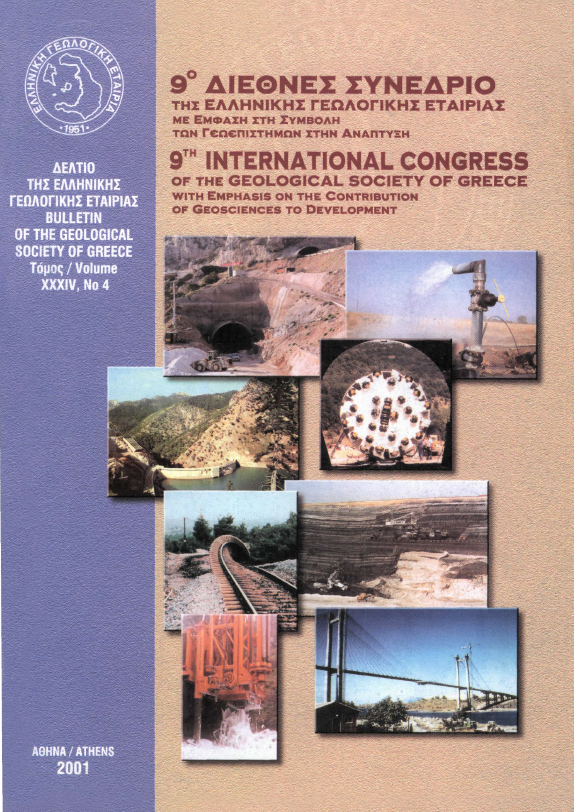Single-site magnetotelluric response functions using b-robust w-estimators, with an application to earthquake prediction research

Abstract
The accumulation of stress and strain is known to induce changes in the electrical properties of rocks, which can be monitored for signs of earthquake preparation processes. To this effect, the Magnetotelluric sounding method presents some unique advantages. However, single-site MT data are notoriously susceptible to natural or anthropogenic time-varying coherent noise, which may severely bias the response function estimators and degrade their repeatability, unless treated with dedicated processing techniques. Such a technique is presented herein, involving the W-estimator with random error weighting, followed by an iterative robustification scheme based on an influence function approach. The algorithm is demonstrated on a set of severely distorted data exhibiting a marginal distribution of outliers, and is shown to effectively reduce the bias errors and the variance. It is also applied to the long-term monitoring of crustal resistivity with MT response functions at a noisy site located near Aerino village, SE Thessaly, Greece, achieving a sustainable repeatability threshold of 10-20% and faring very well with respect to the data quoted from the international literature.
Article Details
- How to Cite
-
TZANIS, A. (2001). Single-site magnetotelluric response functions using b-robust w-estimators, with an application to earthquake prediction research. Bulletin of the Geological Society of Greece, 34(4), 1635–1643. https://doi.org/10.12681/bgsg.17273
- Section
- Seismology

This work is licensed under a Creative Commons Attribution-NonCommercial 4.0 International License.
Authors who publish with this journal agree to the following terms:
Authors retain copyright and grant the journal right of first publication with the work simultaneously licensed under a Creative Commons Attribution Non-Commercial License that allows others to share the work with an acknowledgement of the work's authorship and initial publication in this journal.
Authors are able to enter into separate, additional contractual arrangements for the non-exclusive distribution of the journal's published version of the work (e.g. post it to an institutional repository or publish it in a book), with an acknowledgement of its initial publication in this journal. Authors are permitted and encouraged to post their work online (preferably in institutional repositories or on their website) prior to and during the submission process, as it can lead to productive exchanges, as well as earlier and greater citation of published work.









